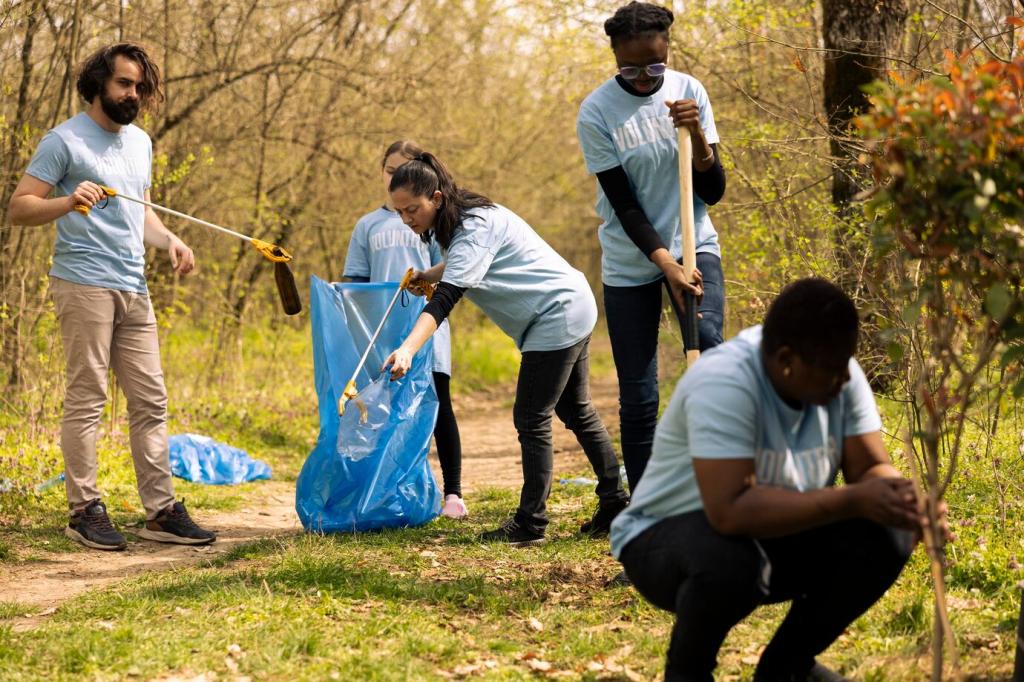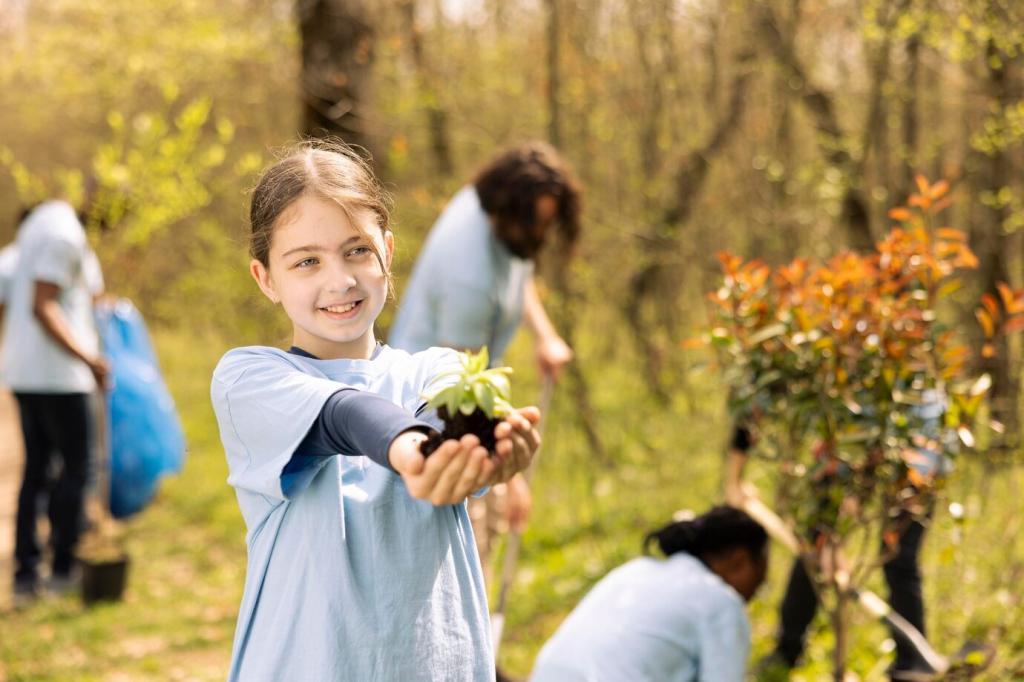Local Wildlife Habitat Restoration: Bringing Nature Home
Chosen theme: Local Wildlife Habitat Restoration. From backyard corners to creekside edges, let’s reweave the living fabric of our neighborhoods with practical steps, hopeful stories, and community-powered action. Subscribe to follow each field note, share your progress, and help your street hum with wings, paws, and roots again.

Know Your Place: Reading the Local Landscape
Study your ecoregion maps, prevailing winds, and typical rainfall patterns to understand which native communities flourish locally. These clues reveal what your site once supported, guiding plant choices that welcome returning wildlife. Comment with your location, and we’ll help decode your landscape together.
Know Your Place: Reading the Local Landscape
Old fence lines, hedgerows, and volunteer saplings whisper about former woodlands and meadows. A faded photograph might show the wet swale that explains spring peepers at dusk. Share any family photos or memories you have; they can become priceless guides for your restoration plan.

Native Plants: The Living Architecture
Some native plants support far more wildlife than others. Oaks, willows, and asters often host impressive insect communities that fuel chicks and pollinators. Prioritize these keystone species in your plan. Tell us which natives you can find locally, and we’ll suggest a keystone combo to start.
Birdbaths with stones for perches, rain gardens that infiltrate within two days, and small basins refilled regularly support wildlife without breeding pests. Tell us how you manage water on-site, and we’ll share seasonal maintenance tips to keep it healthy and inviting.
Water, Soil, and Shelter: Building the Habitat Triangle
Leaf litter shelters overwintering insects and feeds the soil web. Skip the bagging; let natural mulch build. Add compost sparingly and avoid synthetic fertilizers. Comment with your soil challenges—compaction, erosion, or salts—and we’ll suggest gentle, wildlife-friendly remedies that truly last.
Water, Soil, and Shelter: Building the Habitat Triangle
Blooming All Season
Plan a sequence: early spring blooms for emerging bees, midsummer nectar for butterflies, and late fall resources for migrating monarchs. Share your bloom calendar in the comments, and we’ll help plug gaps so pollinators always find a meal on your block.
Don’t Forget Night Pollinators
Moths and bats visit pale, fragrant flowers after dusk. Night-blooming natives can quietly double your habitat’s reach. Try dim, warm lighting to reduce disruption. Tell us your nighttime observations, and subscribe for an easy guide to tracking evening pollinator activity safely.
A Pledge Against Pesticides
Commit to pesticide-free practices, and spread the word with a small yard sign. Neighbors curious about chewed leaves might learn why caterpillars matter. Post your pledge in the comments, and we’ll send a printable sign template and non-toxic pest management tips for tricky seasons.

Wildlife-Friendly Maintenance and Monitoring
Delay cutting stems until warm spells when overwintering insects have emerged. Leave some hollow stems at staggered heights. Share your cleanup calendar, and we’ll help tailor it to local conditions so you protect nests and still keep pathways tidy and welcoming.
Community Power: Volunteers, Schools, and Citizen Science
Invite neighbors for a short tour of your native plantings, then swap seeds and stories. People follow what they can see. Share your event date, and we’ll boost it in our newsletter so more locals can learn and bring restoration home.


The Maple Creek Comeback
Volunteers removed invasive shrubs and planted native willows along a neglected bend. Within a year, frog choruses returned after rains. Share your before-and-after moments in the comments, and subscribe to follow new field notes as Maple Creek’s canopy thickens.

A Balcony Becomes a Biome
Three pots of native asters, milkweed, and little bluestem drew bees, lady beetles, and a monarch, high above the street. Post your tiniest habitat win below, and we’ll feature a monthly roundup to inspire others living in small spaces.

The Saturday Nest Discovery
A child found a wren nest tucked in a brush pile we nearly cleared. We paused, flagged it, and watched fledglings launch weeks later. Tell us how wildlife surprised you this season. Your story might guide someone’s next careful decision.
